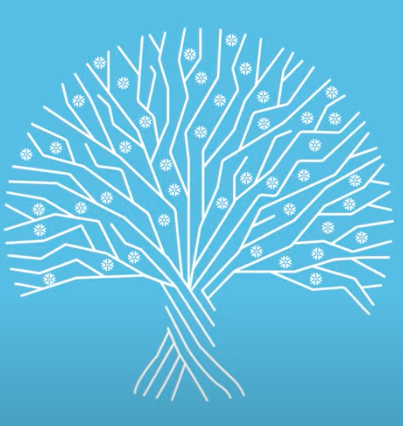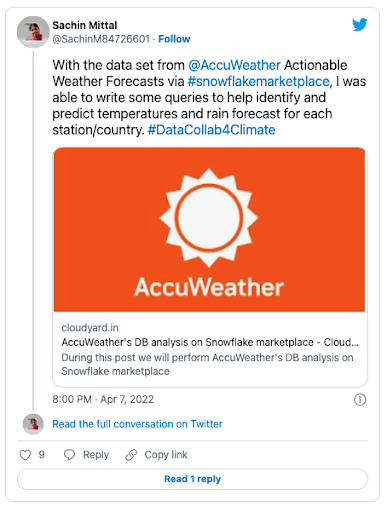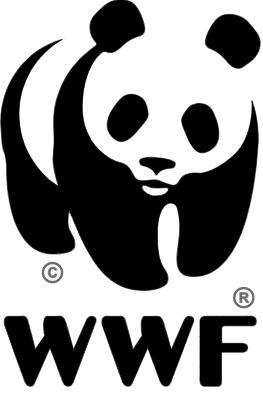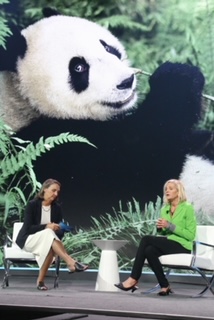
Some say that sustainable business has gone mainstream. But others point to the classic “knowing-doing gap” as it applies to sustainability. There is a difference between goals and reports, on the one hand, and operations and results, on the other. The topic is vast and the stakes are high. But, the good news is that we’re all in this together.
If your business is trying to achieve sustainability, Snowflake can help. At the Snowflake Summit 2022 in Las Vegas earlier this summer, the keynote Go Further Together with Data Cloud Collaboration discussed how The Snowflake Data Cloud is designed for efficient use of data storage and computing resources. Collaboration also allows the benefits to extend across a customer’s own Data Cloud, and inform decisions that enable more sustainable operations.
During the keynote, Snowflake’s product team demonstrated data collaboration between a fictional retailer and a fictional consumer packaged goods (CPG) manufacturer. Sustainable Soups, the CPG, was looking to optimize its distribution to their top grocery retail partner, BestMart.
Using new Snowflake Global Data Clean Room capabilities, now available in private preview, Sustainable Soups gained visibility into which products are most frequently purchased together. Bundling these products makes shipping and distribution more efficient, which can reduce not only the company’s costs but also its carbon footprint, as well as increasing basket size. Customers who typically buy these products together will be more likely to find what they want in stock. That is a win-win-win-WIN scenario: for the CPG, the retailer, the customer, and the environment.
The demo shows how data can be used to inform decisions that impact not only businesses, but also the environment. This is just one example. There is a lot more that we can do, particularly when we collaborate with data.

Data can be used to inform decisions that impact not only businesses, but also the environment
The keynote also highlighted a new climate initiative. On Earth Day earlier this year, Snowflake announced its new Data Collaboration for the Climate initiative, which promotes the use of data from Snowflake Marketplace to power sustainability initiatives. For example, JetBlue combines air traffic control data with weather data to identify the most fuel-efficient routes, reducing each airplane’s carbon footprint, and the footprint of the airline passengers. Or Indigo AG, which uses environmental data to help farmers sustainably feed the planet.
But, weather is one of many types of data available on Snowflake Marketplace. Data providers, such as Knoema, GaiaLens, Rystad Energy, and others have made a wealth of environmental data available free of charge. Just to give you a sense of what’s out there: Knoema’s Air Quality Statistics Report for the United States by county contains annual data on mean air pollution levels, including carbon monoxide, nitrogen dioxide, sulfur dioxide, lead, PM2.5, and PM10. Or CSRHUB LLC’s core data set CSRHUB FAST START, which provides ESG ratings on 17,000 entities as far back as November 2010.

CALL-TO-ACTION for all analysts, data scientists, and developers: If any of you are passionate about sustainability and climate change, you too can participate in the Data Collaboration for the Climate program. Simply go to Snowflake Marketplace, explore and analyze an environmental data set, and post your findings on social media using the hashtag #DataCollab4Climate.
For example, Sachin Mittal analyzed weather data to identify and predict temperatures and rainfall across the U.S., as described in his blog. Dash Desai, one of Snowflake’s developer advocates, used Knoema’s environmental atlas to identify the 10 locations with the least amount of fossil C02 emissions.
Snowflake and World Wildlife Fund
Another highlight of the collaboration keynote was a fireside chat with Sheila Bonini, Senior Vice President of Private Sector Engagement at the World Wildlife Fund (WWF). Sheila introduced WWF and the link between wildlife preservation and the climate.

Most of us are familiar with the iconic WWF logo featuring the giant panda, a symbol of all endangered species. And as Sheila put it, “If you care about wildlife and biodiversity, you have to focus on their habitat: forest, oceans, and freshwater. And if you care about those habitats, you have to care about threats to them, which include climate change and unsustainable food production.”
Of course, making changes to energy consumption, often the focus of climate discussions, is critical—but protecting natural ecosystems also plays a vital role in helping to slow the negative effects of climate change. Beyond just slowing the damaging impact of deforestation, programs focused on habitat restoration and reforestation can have a net positive effect: more trees help to sequester carbon and keep it out of the atmosphere.
WWF collaborates with individuals, governments, and the private sector to advance its goals. It’s not just a question of “do no harm.” WWF is looking for leadership from those willing to go beyond addressing their own environmental footprint to also influence their partners and customers. Companies can set science-based targets that align with what science says we need to do to avoid the worst climate impacts. But for many companies, up to 90% of their greenhouse gas (GHG) footprint is in their upstream and downstream supply chain. For them to attain an ambitious target, they have to engage their suppliers as well. When those suppliers also begin to work with other retailers, these initiatives start to have a network effect.
But what is the role of data in the story, you might ask? Well, as the saying goes, you can’t manage what you don’t measure. As organizations pay more attention to these goals, they will need to collect and analyze more data. And, tracking the impact of these broader networks requires data collaboration.
The discussion with WWF ended with some suggestions of how we as individuals can contribute. Reducing food waste is one of the most impactful efforts. Food waste in all its forms accounts for 10% of all greenhouse gases—even more than that produced by the airline industry, which seems to be something of a scapegoat. Other activities include washing clothes in cold water, using alternative transportation such as bikes or public transportation, and avoiding single-use plastics. These are but a few of the 60+ WWF recommendations for fighting climate change.

A Sustainable Summit
WWF also participated in the Snowflake Summit Expo, with a booth promoting several of its initiatives, including the Arctic Program, the Northern Great Plains Program, and TX2, a global initiative to double the number of tigers in the wild. Part of Snowflake’s commitment was to donate $10 for every attendee who visited the booth, and visitors were asked to choose the initiative they wanted to support. In total, Snowflake donated $7,010 to World Wildlife Fund initiatives at the event!
Last but not least, part of Snowflake’s own sustainability mission is to host environmentally responsible events. We took steps to make the Snowflake Summit in Las Vegas more sustainable. We found ways to use sustainable products, recycle and reuse the materials used to build the booths in our expo hall, and minimize waste. In the Snowstore, most merchandise was sustainable, and shipped with sustainable packaging. We also distributed refillable water bottles at registration and encouraged delegates to only take what they could eat at meals. Untouched food was distributed to local food banks.
Small steps add up.
Originally posted on August 30, 2022 @ 1:54 am
